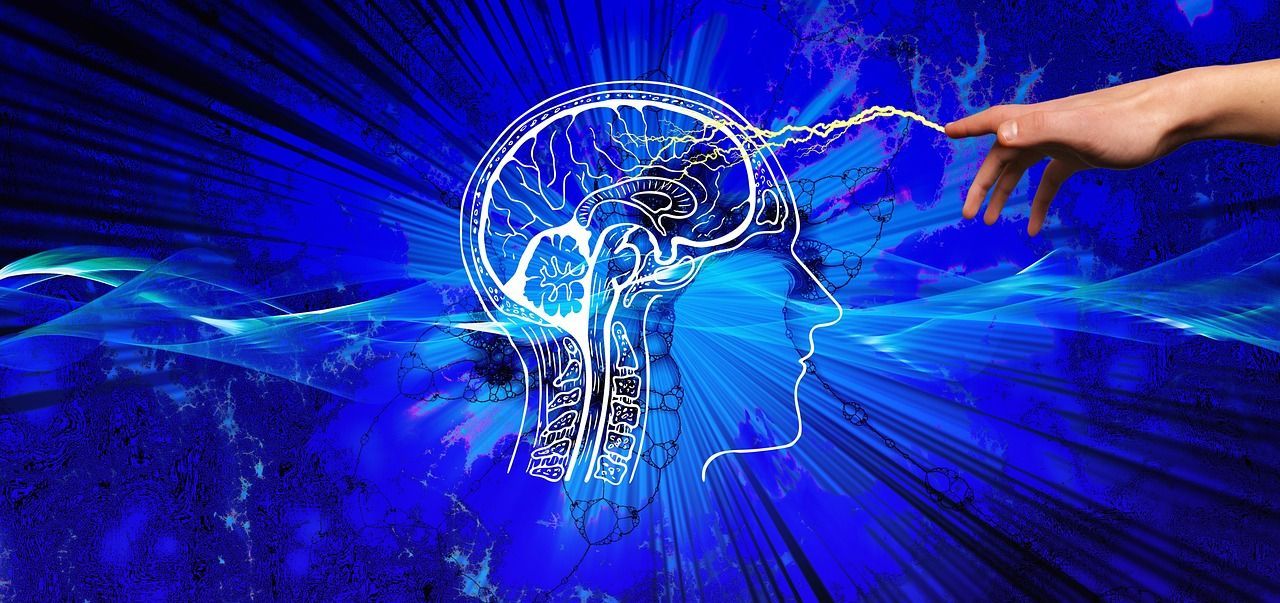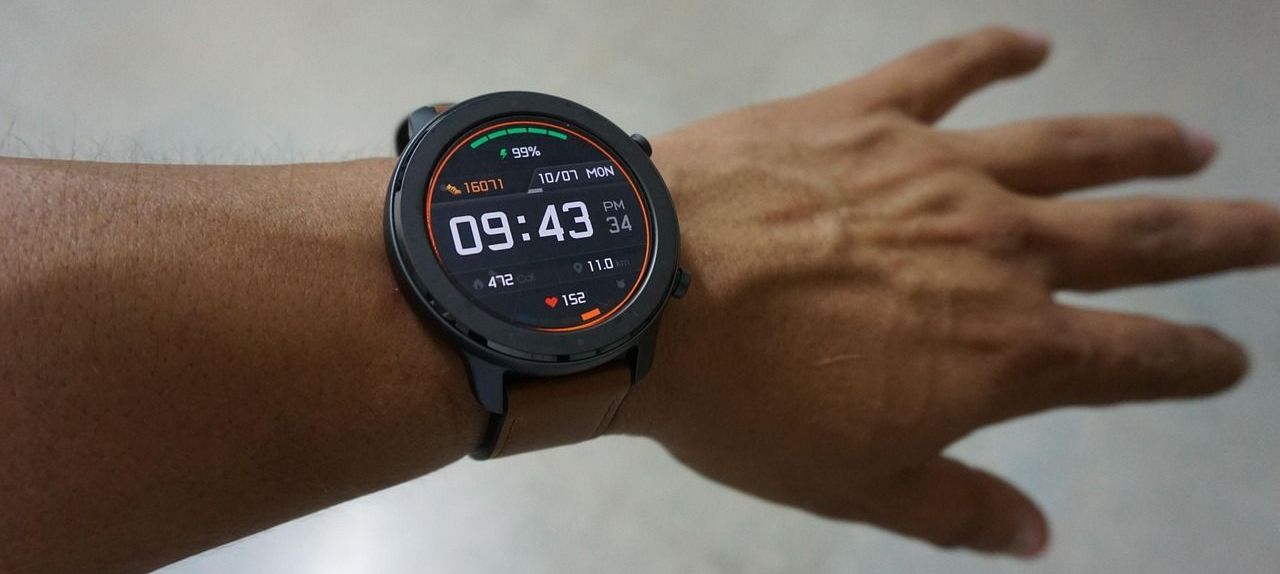A Breakthrough in Tooth Regeneration: A Hopeful Future for Missing Teeth

About the Author
Ron B is a globally recognized expert in personal and professional development, holding multiple advanced certifications, including:
- Master Practitioner of NLP (MNLP): Expert in Neuro-Linguistic Programming, helping individuals rewire their thought patterns for success.
- Master NLP Coach (Executive & Life): Skilled in coaching executives and individuals to reach their full potential.
- Master Practitioner of Timeline Therapy™ (MTLT): Specializing in releasing negative emotions and limiting beliefs to foster a more empowered future.
- Board Designated Hypnosis Trainer (TCHt): Authority in utilizing hypnosis for transformation and behavioral change.
- Certified Value Builder: Proficient in enhancing business value and driving entrepreneurial success.
- International Tax Specialist: Knowledgeable in global tax strategies and financial planning.
With a deep passion for guiding people towards greater health and wealth, Ron B has dedicated their career to being a catalyst for change. They advocate for a shift from our current reactive sick care system to one of proactive care, empowering individuals to take charge of their well-being and financial future.
Through this blog, Ron B aims to share insights, strategies, and inspiration, helping entrepreneurs lead energized and lengthy lives that are fulfilling.


Losing a tooth can feel like losing a part of yourself—your smile, your confidence, or even your ability to enjoy life fully. Regardless of how it happens, the emotional and physical toll can be profound. Yet, as modern dentistry continues to evolve, a revolutionary development is now promising to restore not just teeth but also hope for countless individuals worldwide.
Understanding Regional Disparities in Tooth Loss
Tooth loss is a global challenge that reflects deep regional disparities tied to history, economy, and culture. While in North America and Europe, tooth loss often results from isolated incidents like accidents, genetic predispositions, or lifestyle factors like diet or personal neglect, the reality for immigrants from underdeveloped regions—particularly older generations—is far more complex. It’s shaped by systemic inequities and historical circumstances that created barriers to dental health for millions.
Here are some of the key factors that contribute to this disparity:
1. Limited Access to Dental Care
In many underdeveloped regions, affordable and widespread dental services were historically inaccessible, especially in rural areas. Preventive care, such as regular cleanings or checkups, was often seen as a luxury.
2. Cultural Norms and Perceptions
Dental health wasn’t always culturally prioritized. In some communities, tooth loss was accepted as an inevitable part of aging rather than a preventable condition.
3. Diet and Nutrition
Diets in these regions often included high-sugar foods due to the legacy of sugar production and consumption. Combined with limited access to nutrient-rich foods, this contributed to tooth decay and weakened oral health over time.
4. Reliance on Home Remedies
Traditional remedies were frequently used for dental issues. While some were beneficial, others delayed or exacerbated problems due to a lack of access to modern dental treatments.
5. Economic Challenges
For families struggling to meet basic needs, dental care was a low priority. Extractions became the default solution to tooth problems because they were less expensive than restorative procedures like fillings or crowns.
6. Delayed Fluoridation
Many countries only introduced fluoridation much later than developed nations, leading to higher cavity rates and greater tooth loss among older generations.
7. Legacy of Colonialism and Poverty
The colonial era left many regions with underdeveloped healthcare infrastructures, including dental care, resulting in systemic neglect that affected generations long after.
These interconnected factors have led to a disparity in dental health that’s visible today, particularly among older immigrants from these regions. But progress is being made. Improved education, expanded access to care, and community outreach are starting to close these gaps.
Beyond Regional Disparities: Other Causes of Missing Teeth
1. Accidents and Injuries
Life can be unpredictable. Sudden events like sports injuries, car accidents, or falls can result in tooth loss, leaving individuals scrambling for urgent care solutions.
2. Genetic Predisposition
Some individuals are born with certain conditions like congenital hypodontia, where certain teeth never develop. Others may have structural weaknesses that make teeth more prone to loss.
3. Poor Dental Care
Neglecting oral hygiene practices (brushing, flossing, and the use of fluoride toothpaste) and skipping regular dental checkups can lead to tooth decay and gum disease—two of the most preventable yet significant causes of tooth loss.
A Hopeful Future: Regrowing Teeth
Thanks to ground-breaking research from Japan, the future of tooth regeneration is looking brighter than ever. A team led by Katsu Takahashi, head of dentistry and oral surgery at Kitano Hospital, has developed a drug that can regenerate lost teeth by deactivating the uterine sensitization-associated gene-1 (USAG-1) protein. This protein suppresses tooth growth, and by blocking USAG-1, bone growth is triggered and new tooth is stimulated into development.
Initial animal trials on mice and ferrets have been successful, showing no significant side effects. With human trials set to begin at Kyoto University Hospital, this ground-breaking approach could soon transform dental medicine—and make missing teeth a thing of the past.
- Learn more about: Kyoto University
- Read more about the research news New Drug to Regenerate Lost Teeth
Here
#kyotouniversity #kyoto #japan #research #teeth
New drug to regenerate lost teeth
Human Trials on the Horizon
The first phase of the trial will focus on 30 adults aged 30-64 who are missing at least one molar. If successful, subsequent trials will expand to children aged 2-7 with congenital tooth deficiency—a condition affecting approximately 1% of the population—and to older adults missing one to five permanent teeth due to environmental factors.
Researchers aim to make this therapy widely available within the next six years, potentially revolutionizing dental care. If successful, this treatment could address tooth loss caused by congenital conditions, accidents, or aging, providing a permanent solution for millions worldwide.
A Vision for the Future
Takahashi, who has been researching tooth regeneration since 2005, is optimistic about the drug's potential to help people of all ages who are suffering from tooth loss. With the possibility of commercial availability as early as 2030, this treatment could transform lives by restoring both function and confidence to those with missing teeth.
The promise of tooth regeneration offers hope and excitement for a future where lost teeth no longer mean lost smiles!
Get your FREE Guide to Graceful Aging - 6 Tips To Avoid Red Face Moments, by clicking on the button below.







Energized Aging For Entrepreneurs




